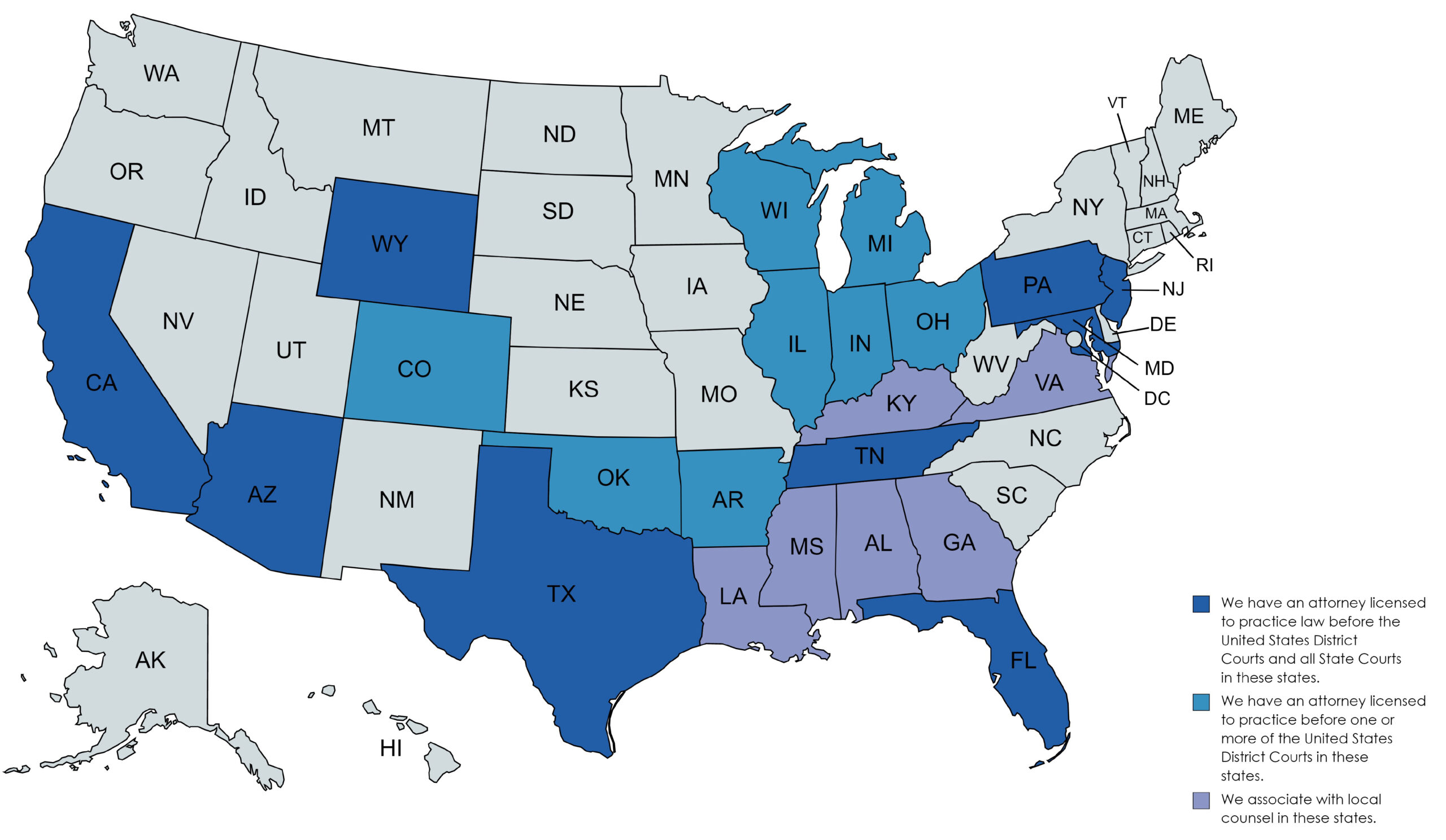Estate Planning
Executor and Trustee Duties
Free Consultation Available
Executor & Trustee Duties: A Plain-English Guide for Families and Fiduciaries
(What you’ll do, when you’ll do it, and how to do it well)
1. Two Roles, Same Fiduciary Standard
| Role | When It Starts | What It Oversees |
|---|---|---|
| Executor (a.k.a. Personal Representative) | At death, once the probate court issues “Letters Testamentary” | Probate estate: assets titled in the decedent’s name alone |
| Trustee | The moment a trust is funded (during life for a living trust; at death for a testamentary trust) | Trust assets: those already retitled to the trust or “poured over” by the will |
Both roles are fiduciaries, meaning the law holds you to the highest standard of loyalty, prudence, and impartiality toward beneficiaries.
2. The Executor’s Job—Step by Step
Secure the Will & Certificates
Locate the original will and at least 10 certified death certificates.
Open Probate
File the will, petition for appointment, and any required bond waivers.
Receive “Letters” authorizing you to act.
Gather & Safeguard Assets
Change locks if needed, forward mail, and place valuables in a safe location.
Open an estate bank account—never commingle estate money with your own.
Notify Beneficiaries & Creditors
Send statutory notices; publish creditor notice in local paper if required.
Inventory & Appraise
List every asset (homes, cars, bank accounts, crypto) with fair-market values at date of death.
Pay Debts, Taxes & Expenses
Funeral costs, last medical bills, credit cards, IRS Form 1040 (final income tax) and Form 1041 (estate income tax).
File Form 706 for federal estate tax if the estate exceeds the exemption.
Account & Distribute
Provide beneficiaries a full accounting.
Transfer specific gifts, then the residuary estate.
Obtain signed receipts and releases before closing probate.
Close the Estate
File a petition for discharge or a closing affidavit, depending on state rules.
3. The Trustee’s Job—Ongoing Roadmap
Read & Understand the Trust Instrument
Note distribution standards (e.g., “health, education, maintenance, support” a.k.a. HEMS) and any age or milestone triggers.
Retitle & Segregate Assets
Brokerage accounts, deeds, life-insurance proceeds—all in the trust’s name.
Maintain separate books and bank accounts.
Invest Prudently
Follow the “prudent investor rule”: diversify, balance risk and return, document reasoning.
Distribute Fairly & Impartially
Treat income and remainder beneficiaries even-handedly unless the trust says otherwise.
Tax & Reporting Duties
File Form 1041 annually for the trust.
Give beneficiaries Schedule K-1s for their share of taxable income.
Provide periodic account statements or a formal annual accounting, as the trust or state law requires.
Maintain Ongoing Records
Keep invoices, receipts, brokerage statements, and meeting notes for at least seven years.
Terminate When Directed
Upon reaching the trust’s end date or event (e.g., youngest child turns 25), distribute remaining assets and obtain releases.
4. Fiduciary Principles to Live By
Duty of Loyalty – act solely in the beneficiaries’ interests; avoid conflicts.
Duty of Prudence – manage assets with care, skill, and caution.
Duty of Impartiality – balance competing interests among current and future beneficiaries.
Duty to Inform & Report – keep beneficiaries reasonably informed about administration and material changes.
Duty to Follow the Instrument & Law – the document and state statutes are your roadmap.
5. Personal Liability & How to Avoid It
| Risk | Mitigation |
|---|---|
| Paying beneficiaries before taxes/creditors | Always clear debts and get tax clearance first |
| Self-dealing (using estate assets for yourself) | Obtain court approval or unanimous beneficiary consent |
| Poor investments | Draft an Investment Policy Statement, consult pros, document decisions |
| Missed deadlines | Calendar all filing and notice dates; hire counsel/CPA |
6. Compensation & Professional Help
Executor fees: set by will or state statute (often a percentage of estate value).
Trustee fees: percentage of assets under management or hourly; must be “reasonable.”
Allowed expenses: accounting, legal, appraisal, insurance—paid from estate or trust.
Tip: Hiring professionals is not a luxury; it’s a shield against errors that could cost you personally.
7. Quick FAQ for First-Time Fiduciaries
Can I refuse the appointment? – Yes, file a written declination; the next named successor steps in.
Do I need a bond? – Often waived in the document; court can still demand one if concerns arise.
How long does probate take? – Simple estates: 4–8 months. Complex or taxable estates: 12–24 months.
How long does a trust last? – As short as months (to sell a house) or as long as state “rule against perpetuities” allows—often 90+ years.
Takeaway
Serving as an executor or trustee is an honor and a legal obligation. Approach it like a business: keep funds separate, document every move, communicate early and often, and lean on qualified professionals. Do that, and you’ll honor the decedent’s wishes, safeguard beneficiaries, and protect yourself at the same time.
Need guidance on your fiduciary journey?Schedule a consultation—our team will walk you through the process, provide checklists, and stand beside you every step of the way.



